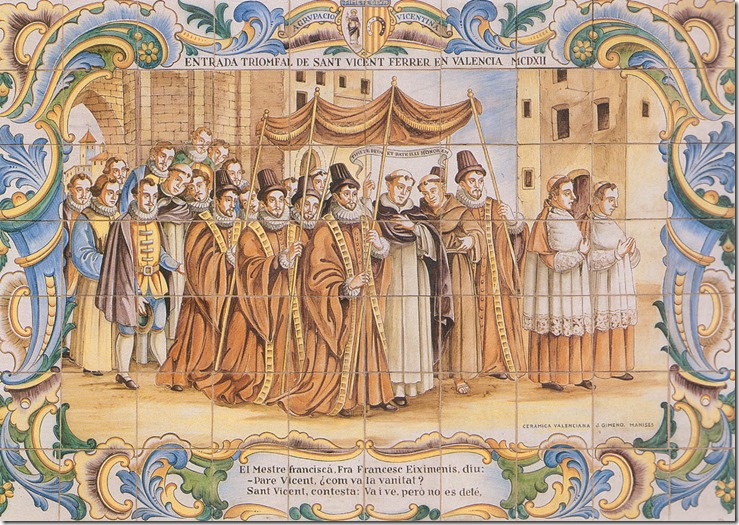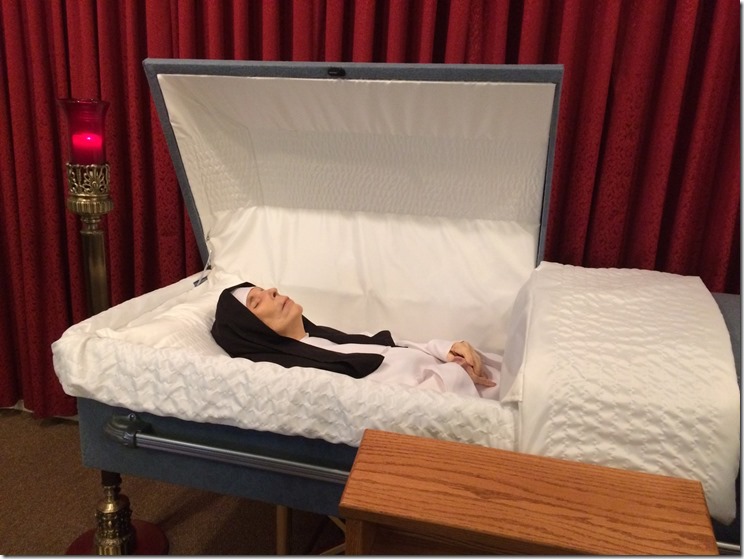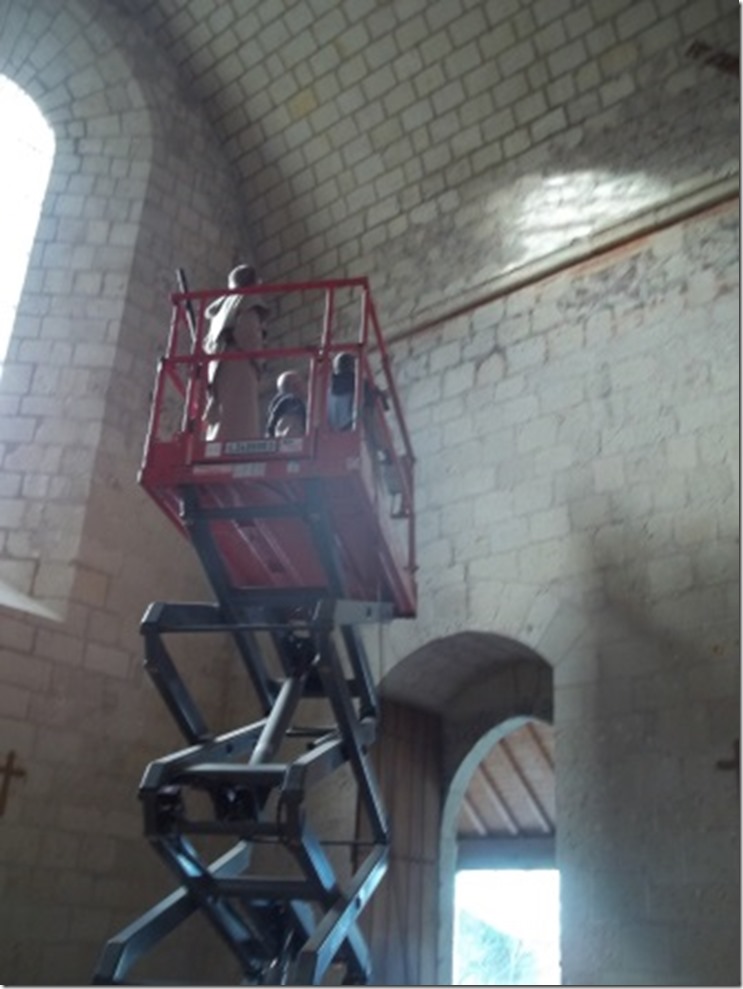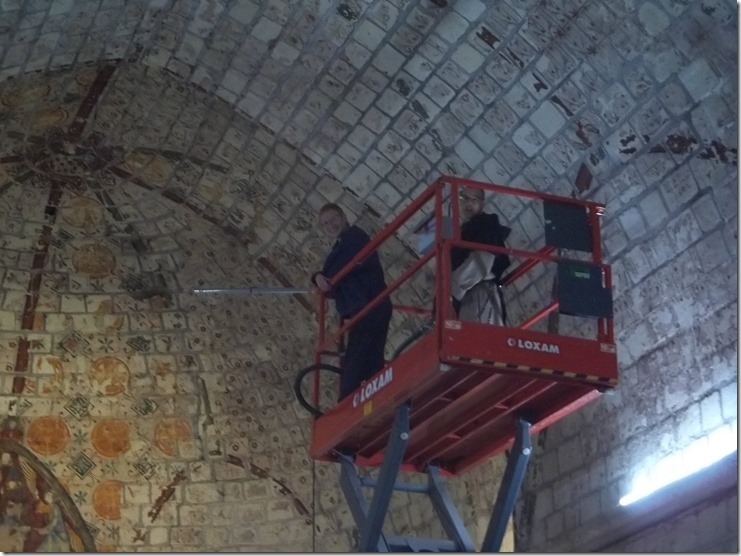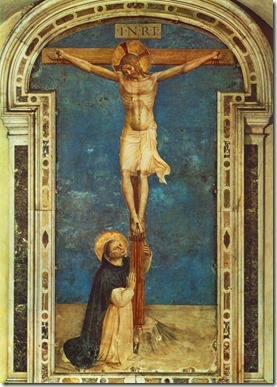To Say That A Canonical Recognition
Is Not Feasible Before Rome Returns To Tradition,
Is This A Schismatic Attitude?
By Maubert
published in Le Sel de la Terre 107
Reasons for an Affirmative Response
-
First Reason
Refusing the jurisdiction that is offered to us amounts to denying all jurisdiction that comes from the pope. However, to deny the primacy of jurisdiction of the Roman pontiff, is the characteristic of schismatics.
-
Second Reason
To deny communion with the pope and most of the faithful, during more and more years, has given us a schismatic attitude: we do not feel the need to integrate the “visible perimeter” of the Church, so we have lost the Sensus Ecclesiae.
-
Third Reason
To stand apart from Church authorities when they ask us to abandon faith and the liturgy of time immemorial, is understandable and excuses the schism; but since today we are accepted “just as we are,” our conduct would become unjustified and the schism would be formal.
-
Fourth Reason
The place of Tradition must be in the “official perimeter” of the Church so that it remains visible.
Opinions to the Contrary
To continue to profess the faith of all time and to celebrate with traditional worship, away from the conciliar Church has never been considered by Archbishop Lefebvre as a schism: “we truly represent the Catholic Church,” 1 he said, and that was even after the consecrations of 1988, just after John Paul II excommunicated him.
Why should we be now schismatic if we hold the same attitude towards modernist Rome?
In-Depth Response
-
What is schism?
Schism, says Cardinal Billot, opposes the unity of communion. […] It is incurred in two ways :
– First, if one directly refuses obedience to the supreme pontiff, not accepting what he commands, not precisely from the point of view of what is commanded (for that would amount to mere disobedience), but from the point of view of the authority that commands, that is, refusing to recognize the pope as head and superior.
– Secondly, if one separates directly from the communion of the Catholic faithful, for example by behaving like a separate group.2
At first sight, traditionalists seem to be schismatic in two ways:
– the absence of an effective link of dependence suggests that they do not recognize the authority of the pope;
– and they seem to form a sort of “little church” and are called “lefebvrists” or “integrists” while refusing to mingle with other faithful.
-
The bond of faith is first
However, Pope Leo XIII, in the encyclical Satis Cognitum, speaking on the unity of the Church, says this:
« Agreement and union of minds is the necessary foundation of this perfect concord amongst men, from which concurrence of wills and similarity of action are the natural results. Wherefore, in His divine wisdom, He ordained in His Church Unity of Faith; a virtue which is the first of those bonds which unite men to God, and whence we receive the name of the faithful. »
A few years later, in his magisterial encyclical condemning the false ecumenism, Mortalium Animos, Pius XI will resume the same idea:
« Since charity is based on a complete and sincere faith, the disciples of Christ must be united principally by the bond of one faith. »
It emerges from these Pontifical teachings that there is in the Church a more fundamental unity than the unity of communion: it is the unity of faith. And for the unity of communion to be true, it is absolutely necessary for it to have the unity of faith. Hence, it is clear that the first schismatics are the heretics: “Heresy,” says Cardinal Billot, “is a schism, for it directly opposes the unity of faith.” One can oppose the unity of communion without opposing the unity of faith, but one can not oppose the unity of faith without opposing the unity of communion, since the first is the foundation of the second.
-
It is those who deviate from the faith that commit schism
When we consider the situation of the Church since the Second Vatican Council, we see that people who occupy positions of authority are imbued with liberalism and modernism. They have imposed reforms that destroy the Church because they oppose traditional faith and worship. Thus, they broke with the Tradition of many centuries, that is to say, definitively, they broke with the unity of faith; and the unity of communion they are trying to achieve is only a pseudo-unity, because it has lost its true foundation. The modernist hierarchy, so long as it is modernist, is heretical: it opposes the unity of faith by preaching its errors and, consequently, to the unity of communion. In other words, it is the conciliar Church that is schismatic because it seeks to achieve a unity that is no longer the Catholic unity.
Archbishop Lefebvre said clearly:
« The conciliar Church is practically schismatic. [….] It is a virtually excommunicated church, because it is a modernist church. The pope wants to create unity without that of faith. It’s a communion. A communion to whom? to what? in what? It is no longer unity. This can only be done in the unity of faith. » 3
-
And the pope?
As Cardinal Journet explains, in The Church of the Incarnate Word, 4 the pope himself can sin against ecclesiastical communion by breaking the unity of direction, which would happen if he did not fulfill his duty. and refused to the Church the orientation it is entitled to expect from him, in the name of one greater than him, Christ, its founder and invisible leader. And it is unfortunately the painful situation in which we have found since the Council. If Archbishop Lefebvre was to stay away from the modernist hierarchy and the conciliar Church, it was by fidelity to Tradition, refusing to commit schism and break with the unity of faith, as it has always been done in the Church. « The Church, Father Calmel O.P. said, is not the mystical body of the pope, but of Christ ». 5 If, therefore, the pope fails in his office to the point of promoting heresy and schism, then it is better to obey Christ. and remain faithful to the Church of all time, even if it means enduring the wrath of the authorities in power. Archbishop Lefebvre preferred to stay away from this hierarchy and this false communion:
« To leave, therefore, from the official Church? To a certain extent, yes, of course. If the bishops are in heresy, it is necessary to leave the midst of the bishops if one does not wish to lose one’s soul. If we get away from these people, it’s absolutely the same as with people who have AIDS. We do not want to catch it. But they have spiritual AIDS, these contagious diseases. If we want to keep health, we must not go with them. » 6
-
Origin of our attitude
In practice, the Catholic must not desire and can not be in communion with a hierarchy that favors modernism, liberalism, and ecumenism which are condemned by the popes and direct the faithful in ways foreign to Tradition. It would be better to endure the persecutions, criticisms, epithets of “schismatics” and “excommunicated,” than to collaborate in the undertakings of this hierarchy and the loss of souls.
1 – Fideliter 70, p. 6.
2 – Cardinal BILLOT, L’Eglise, volume II, Publications of the Courrier de Rome, 2010, p. 69-70.
3 – Fideliter 70, p. 8.
4 – Cardinal JOURNET, L’Eglise du Verbe Incarné, Desclée de Brouwer, Fribourg, 1962, vol. II, p. 839 sq.
5 – Père Roger-Thomas CALMEL O.P., « De l’Église et du pape», in Itinéraires 173, May 1973, p. 28.
6 РConference in Ec̫ne, 9 September 1988, cited in Fideliter 66, p. 28.

